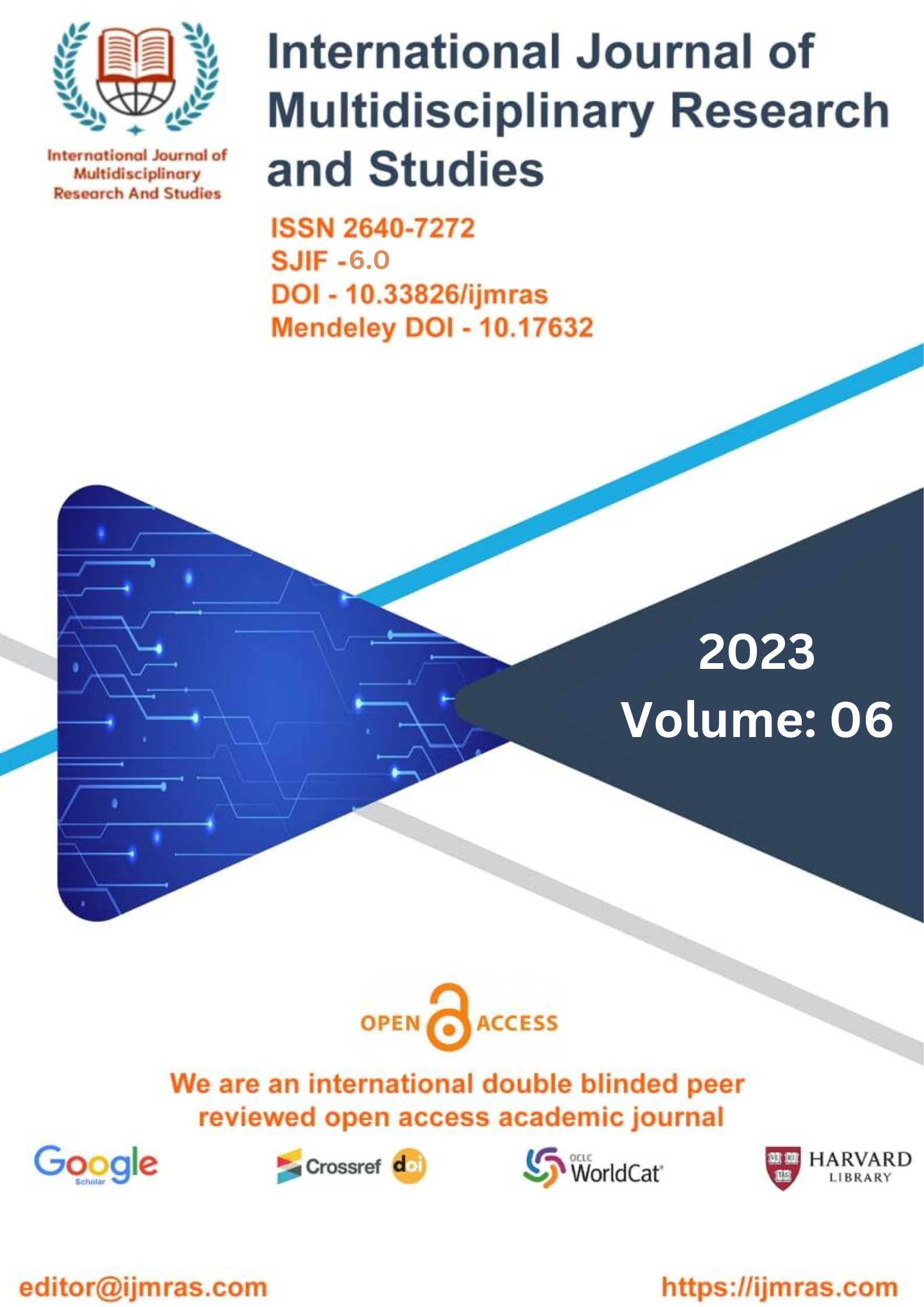


The majority of consumers now choose to do their shopping online rather than at conventional brick-and-mortar establishments because of the impact that technology has had on the retail industry. The previous decade saw this tendency move into the spotlight, with many retail giants merging the two strategies in order to get the most possible profit. The purpose of this study is to investigate the similarities and differences between shopping in physical stores and shopping online, as well as the attitudes of consumers about these two distinct buying practices.
This study examines and explores the phenomenon that the male population has a tendency to purchase more often online rather than in traditional stores. When it comes to the security of payments, shopping malls that are tied to actual shopping are given higher favour. People are gradually shifting their shopping habits to include more online transactions, but the majority of people still prefer to purchase in physical stores since they can trust the vendors and physically examine the goods.

This work is licensed under a Creative Commons Attribution 4.0 International License.
You may also start an advanced similarity search for this article.